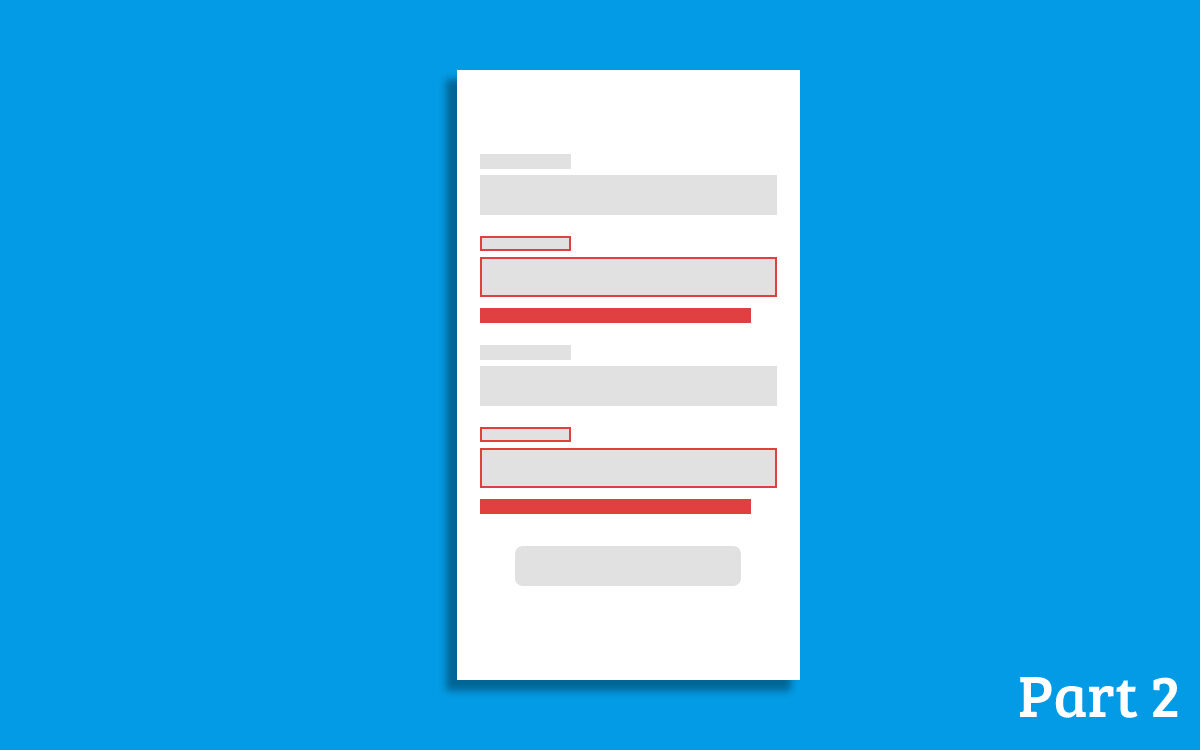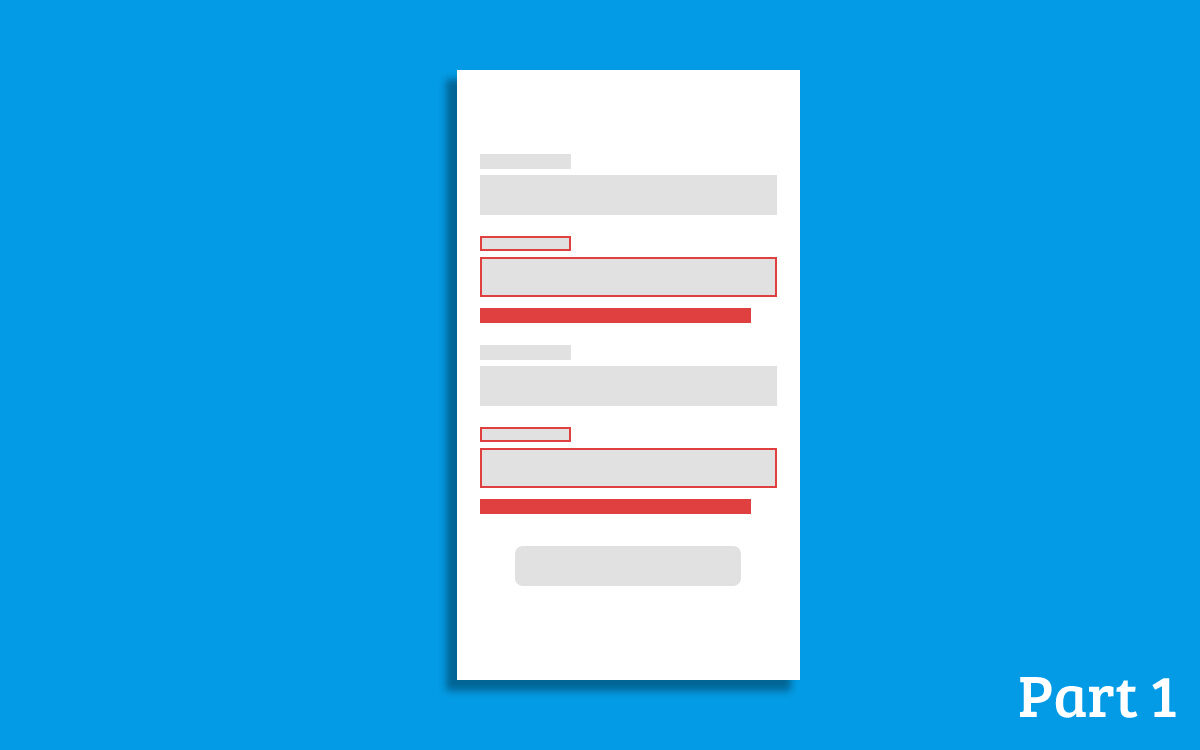I wrote an article a few months back explaining my approach to error handling in MVVM architecture. since that, I had a chance to apply this approach to a few projects I was working on. While my approach still holds strong I have noticed a few places where I can improve to make this approach even better. These changes I’m about to make still follow the same flow as I had in my first article.
More control in Handling processing status
In the previous article, I had a boolean mutable live data variable in BaseViewModel which is used by the UI layer to show the loading animation on the screen to notify the user that the application is doing some processing. The problem with having a boolean value is that on some screens you will need to do different things based on the status of “completed”, “processing” and “error”. Obviously, this boolean value can not store 3 values for UI to refer to and do the necessary changes base on status. To handle this I have to introduce the below enum class.

